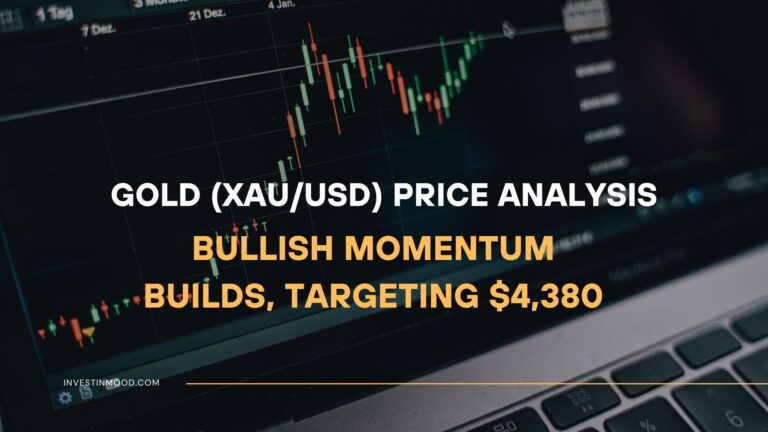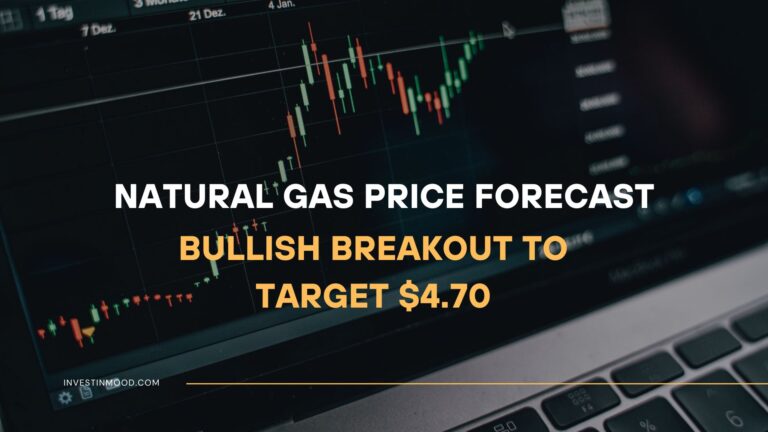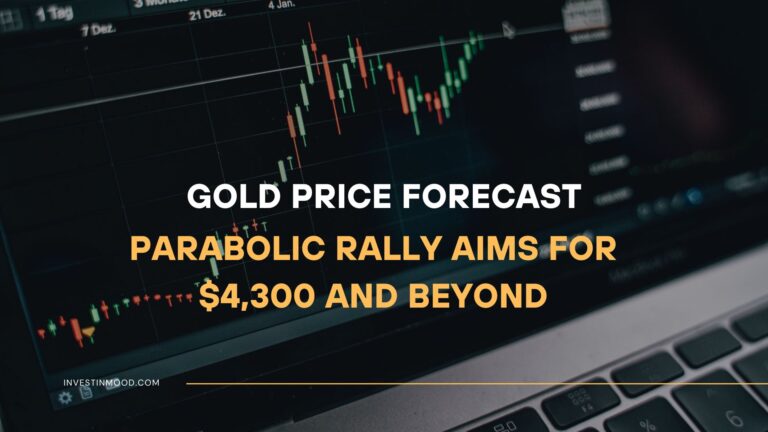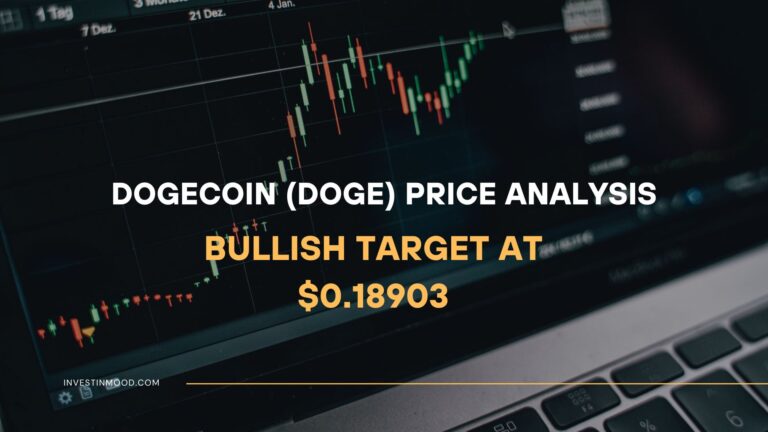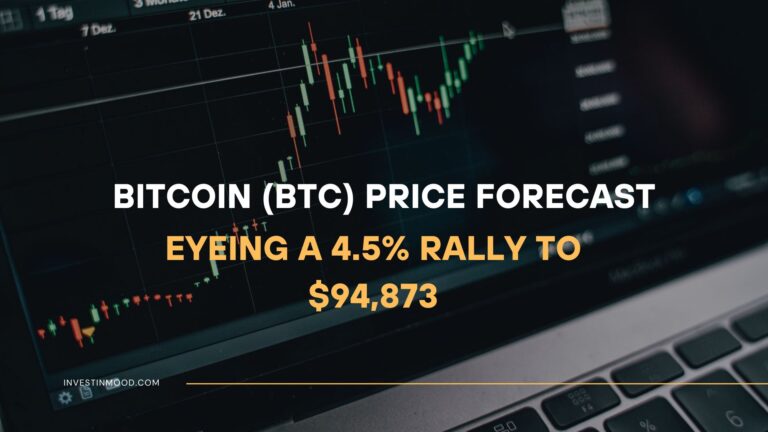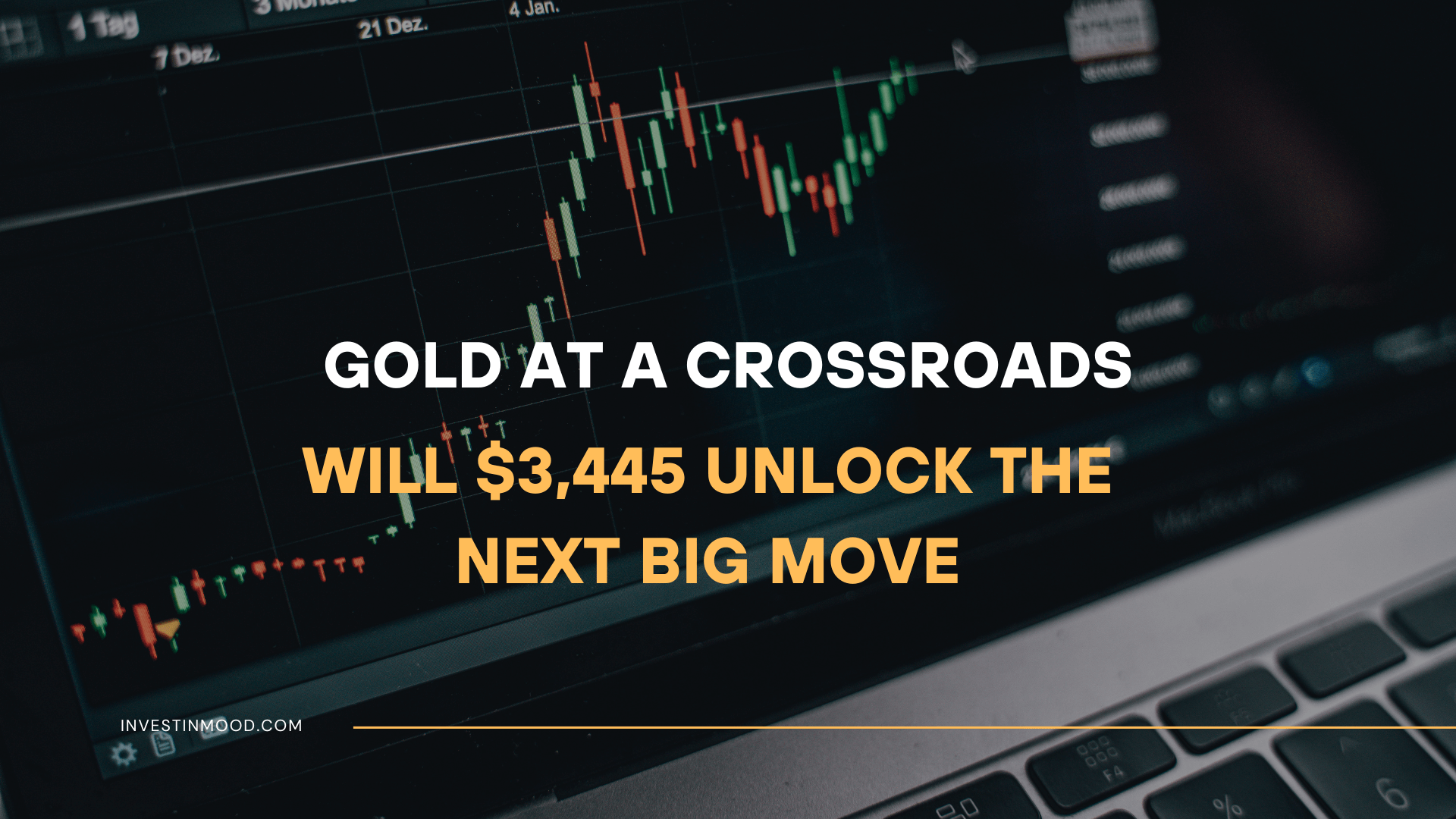
Gold at a Crossroads Will $3,445 Unlock the Next Big Move
Gold has long been considered a safe-haven asset, a store of value, and a hedge against economic uncertainty. Recently, the price of gold has been making headlines as it approaches critical resistance levels, with the current spot price hovering around $3,445.00. This article delves into the significance of this price point, explores the strong resistance areas at $3,350.00, $3,332.00, and $3,280.00, and provides a comprehensive analysis of the factors influencing gold’s movement. Whether you’re an investor, trader, or simply curious about the precious metals market, this guide will equip you with the insights needed to understand gold’s current trajectory.
The Significance of the $3,445.00 Price Level
The price of gold reaching $3,445.00 is a noteworthy development in the commodities market. This level represents a psychological barrier for traders and investors, often triggering heightened volatility as market participants decide whether to take profits or push for further gains. Historically, gold prices have faced stiff resistance at round numbers, and $3,445.00 is no exception. The metal’s ability to sustain above this level could signal a bullish breakout, while failure to hold may lead to a retracement toward lower support zones.
Several macroeconomic factors are contributing to gold’s current price action. Inflation concerns, central bank policies, and geopolitical tensions are key drivers. For instance, if inflation remains persistently high, investors may flock to gold as a hedge, pushing prices upward. Conversely, if central banks adopt a more hawkish stance, raising interest rates aggressively, gold could face headwinds since higher yields on bonds make non-interest-bearing assets like gold less attractive. Understanding these dynamics is crucial for anticipating future price movements.
Strong Resistance Areas: A Closer Look
Resistance levels are price points where selling pressure historically outweighs buying interest, causing the asset to stall or reverse. The current strong resistance areas for gold are identified at $3,350.00, $3,332.00, and $3,280.00. Each of these levels has its own significance and reflects past market behavior.
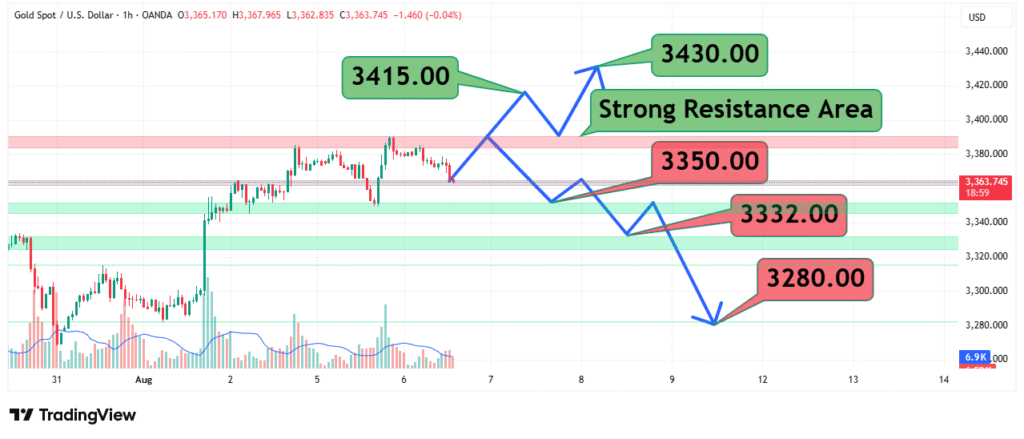
$3,350.00 Resistance
This level has acted as a ceiling for gold prices on multiple occasions. Traders often look for confirmation of a breakout such as a strong closing candle above this level, before considering new long positions. If gold fails to breach $3,350.00, it could indicate that the market lacks the momentum to continue upward, leading to a pullback.
$3,332.00 Resistance
Slightly below $3,350.00, this level serves as a secondary barrier. It often functions as a “last line of defense” before a potential breakout. Technical analysts pay close attention to how the price behaves around this zone, as a rejection here could signal a deeper correction.
$3,280.00 Resistance
This is a critical support-turned-resistance level. If gold falls back to this area, it could either bounce higher or break down, depending on broader market sentiment. A decisive drop below $3,280.00 might attract further selling pressure, targeting lower support levels.
Understanding these resistance areas helps traders manage risk and identify potential entry or exit points. Combining technical analysis with fundamental insights such as Federal Reserve policy announcements or global economic data can provide a more holistic view of gold’s price action.
Fundamental Factors Influencing Gold Prices
While technical levels provide a roadmap for price movements, fundamental factors are the engine driving gold’s long-term trends. Below are some of the most influential elements currently at play:
Inflation and Currency Devaluation
Gold has historically thrived in high-inflation environments. With rising consumer prices eroding the value of fiat currencies, investors often turn to gold to preserve purchasing power. Recent inflation reports and central bank responses will be critical in determining whether gold can sustain its upward momentum.
Central Bank Policies
The Federal Reserve’s interest rate decisions have a direct impact on gold. Higher interest rates increase the opportunity cost of holding gold, which doesn’t yield interest. Conversely, dovish policies (such as rate cuts or quantitative easing) tend to weaken the U.S. dollar and boost gold prices.
Geopolitical Tensions
Gold is a traditional safe-haven asset during times of geopolitical instability. Conflicts, trade wars, or economic sanctions can drive demand for gold as investors seek stability. Monitoring global events is essential for anticipating sudden price spikes.
Market Sentiment and Speculation
The behavior of institutional investors, hedge funds, and retail traders can amplify gold’s movements. Large-scale buying or selling in futures markets, ETF flows, and options activity all contribute to short-term volatility.
Trading Strategies in the Current Gold Market
Given the proximity to key resistance levels, traders must adopt a disciplined approach. Here are some strategies to consider:
Breakout Trading
If gold convincingly breaks above $3,445.00 with strong volume, traders may look for long opportunities, targeting higher resistance levels. A stop-loss below the breakout point can help manage risk.
Range-Bound Trading
If gold oscillates between $3,280.00 and $3,350.00, traders might consider buying near support and selling near resistance. This strategy requires patience and strict risk management.
Fundamental-Driven Positions
Long-term investors may accumulate gold on dips, especially if macroeconomic conditions (like prolonged inflation or monetary easing) support a bullish outlook. Dollar-cost averaging can mitigate timing risks.
Conclusion: What’s Next for Gold?
Gold’s journey toward $3,445.00 and its interaction with key resistance levels will be a focal point for market participants in the coming weeks. Technical analysis provides a framework for understanding price action, but fundamental drivers will ultimately dictate the metal’s trajectory. Investors should stay informed about inflation trends, central bank policies, and geopolitical developments to make well-informed decisions.
Whether you’re trading short-term or investing for the long haul, gold remains a fascinating asset with unique characteristics. By combining technical insights with macroeconomic awareness, you can navigate the gold market with greater confidence and precision. Keep an eye on those resistance levels, they might just hold the key to gold’s next big move.
